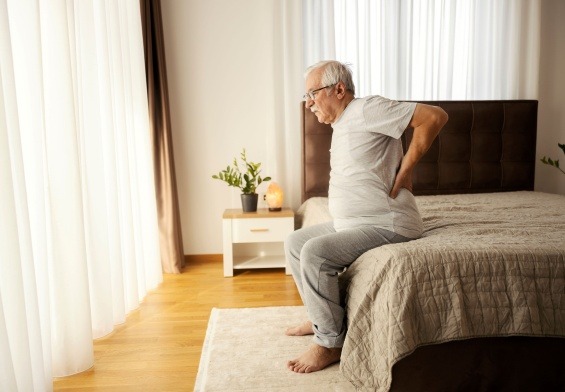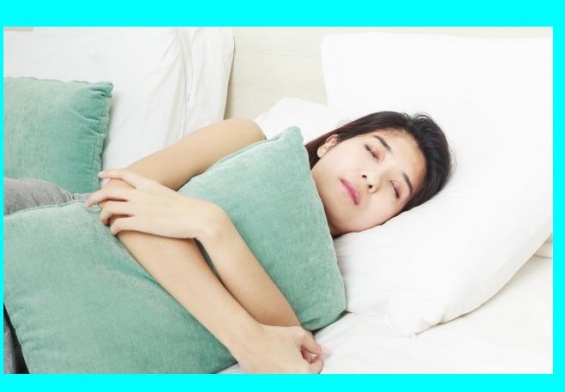While most people have heard of acupuncture by now, many don’t know that much about it or can’t even imagine inserting needles into their skin in an effort to make themselves feel better. Although it may sound pretty scary, there is plenty to suggest that this type of holistic healing may have numerous health benefits.
Acupuncture Origins
Although it has been in existence for over 2,500 years, acupuncture has only begun to reach widespread acceptance in the United States and other western countries in the past few decades. Nevertheless, a recent study found that nearly 3.5 million Americans received acupuncture treatments within the past year.
Acupuncture traces its start in the United States to a 1971 New York Times article in which the writer returned from China and chronicled how doctors relieved his pain from back surgery using needles. Soon afterwards, medical practitioners in the United States took notice, and now it is used to treat everything from back and neck pain to headaches, high blood pressure and more.
This mysterious art took another leap forward in 1996 when the FDA gave its first stamp of approval by classifying acupuncture needles as medical devices. In the next couple of decades, it gained wider acceptance and is frequently used these days as part of an overall approach to healing.
What Is It?
Essentially, acupuncture is a way of treating a host of different ailments with needles to pinpoint specific areas of your skin. The goal is to stimulate certain nerve-dense areas of the body in order to affect various bodily functions.
Each needle causes a slight injury where it’s inserted. Consequently, it triggers the body to respond in different ways such as reducing pain, increasing circulation or stimulating the immune system.
The idea is to insert those needles at the body’s energy pathways, known as meridians, to attack the underlying cause of pain. Practitioners aim to restore your body’s energy flow, also known as the qi (pronounced “chee”), so that it can circulate freely. In other words, acupuncture increases the flow of blood and oxygen throughout your body to stimulate it to heal itself naturally.
In general terms, acupuncture has three main effects:
- It reduces inflammation.
- It relieves pain.
- It restores homeostasis.
Homeostasis denotes the body’s ability to maintain internal balance. If we accept that nearly all diseases involve some level of inflammation, pain, and disruption of homeostasis, it becomes clear how acupuncture can help with so many afflictions.
What Does It Treat?
Acupuncture is often used to deal with chronic pain such as back and neck pain, shoulder pain, and headaches (especially migraines). In addition, acupuncture has also been shown to be effective against other conditions such as depression, fibromyalgia, and blood pressure problems.
One of the reasons it has gained in popularity in recent years is that doctors view it as a drug-free approach to pain management that avoids the dangers of opioids. At a time when the prescription drug crisis has reached epidemic proportions in our country, doctors are paying far more attention to natural alternatives.
Although acupuncture isn’t recommended for directly treating diseases such as cancer, doctors have used it to lessen symptoms and side effects from treatment. Consequently, acupuncture is now introduced at all stages of cancer treatment to help with things like nausea and vomiting.
What’s the Ultimate Goal?
What differentiates acupuncture from conventional western medicine is its focus on treating the cause of the problem instead of merely the symptoms. While western doctors often treat things like headaches with medicine, a good acupuncturist treats the root cause of the headache in order to prevent it from recurring.
Critics charge that the science is far from conclusive. However, since acupuncture has been so successful at treating chronic health issues, its effectiveness may derive from its ability to jump-start the central nervous system to release natural chemicals that affect bodily systems and pain management.
Ultimately, acupuncture should be employed as an integral part of a holistic approach to healing and chronic pain. Instead of being substituted for other treatment, it is most effective as an addendum to conventional methods. Acupuncture’s goal is to use your body’s own natural ability to heal itself. By restoring the body’s energy system, acupuncture can promote healing in a relatively pain-free manner without harmful side effects or addictive pain killers.




